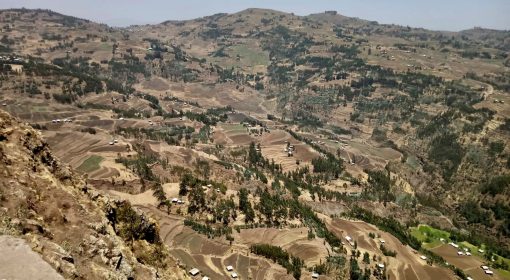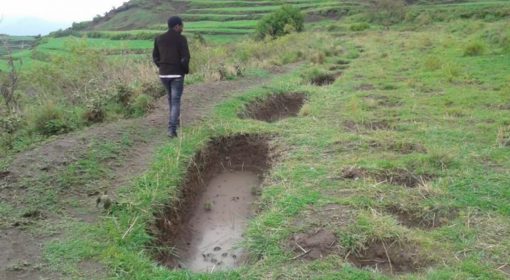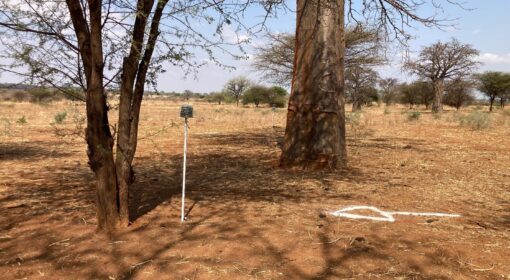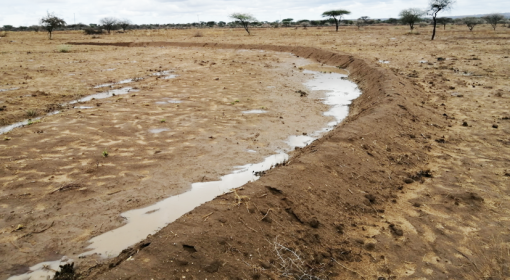Bantamlak Wondmnow, Jean Marc Pace, Getachew Engdayehu, Dr. Dessie Assefa, Frank van Steenbergen & Femke van Woesik
Landscape restoration activities are well-known in the Amhara region of the central Ethiopian highlands. Here, yearly watershed rehabilitation and water harvesting campaigns are carried out through the government’s mass mobilization of the local communities. Especially since 2011, the region has been implementing integrated watershed management activities through an organized public campaign in which more than 4 million people participate annually. People contribute their labour and inputs for at least 30 working days a year during the campaign. Many farmers and experts are witnessing convincing results regarding soil erosion control, hillsides plantation expansion, gully rehabilitation, and increased forage availability. Now, these activities got a new dimension: local climate management.
Local climate management is all about making alterations in a landscape or on a farm plot to improve the climate of that plot by considering all microclimatic factors such as solar radiation, wind direction and speed, soil temperature, soil moisture, air temperature, and air humidity. There are many examples of how deforestation or road construction led to increased gully formation, temperature increase and ecosystem disturbances, not to mention increased dust in the air! Luckily, there are also several positive examples of how watershed rehabilitation and soil water conservation harvesting campaigns have increased soil moisture levels and buffered temperatures.
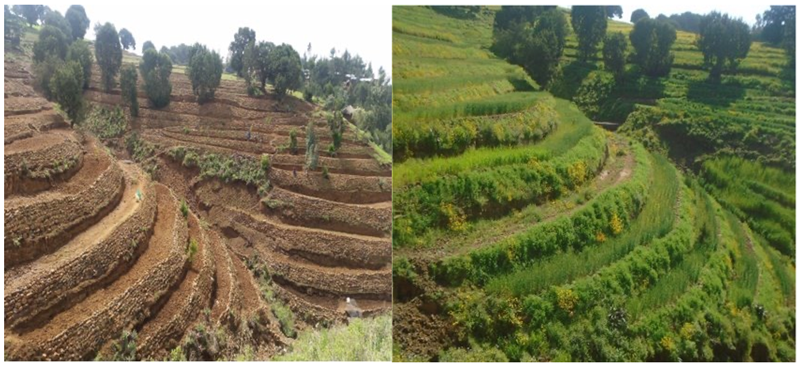
As part of the Green Future Farming project, a group of experts working in the Kebele’s (sub-districts) and Woreda’s (districts) of these watersheds and senior experts at zone level participated in a deep brainstorm on local climate management.
This group is highly diverse, with expertise in, for example, plant science, soil fertility, and forestry. This deep brainstorming led to additional insights into the workings of the microclimate and how this can be improved. This microclimate knowledge and understanding can serve as a bridging factor between all these disciplines and enhance the integration of multiple practices. When implemented together, this synergistically increases effectiveness and adds an extra dimension and layer to landscape management. The result is a layered landscape approach or landscape management plus.
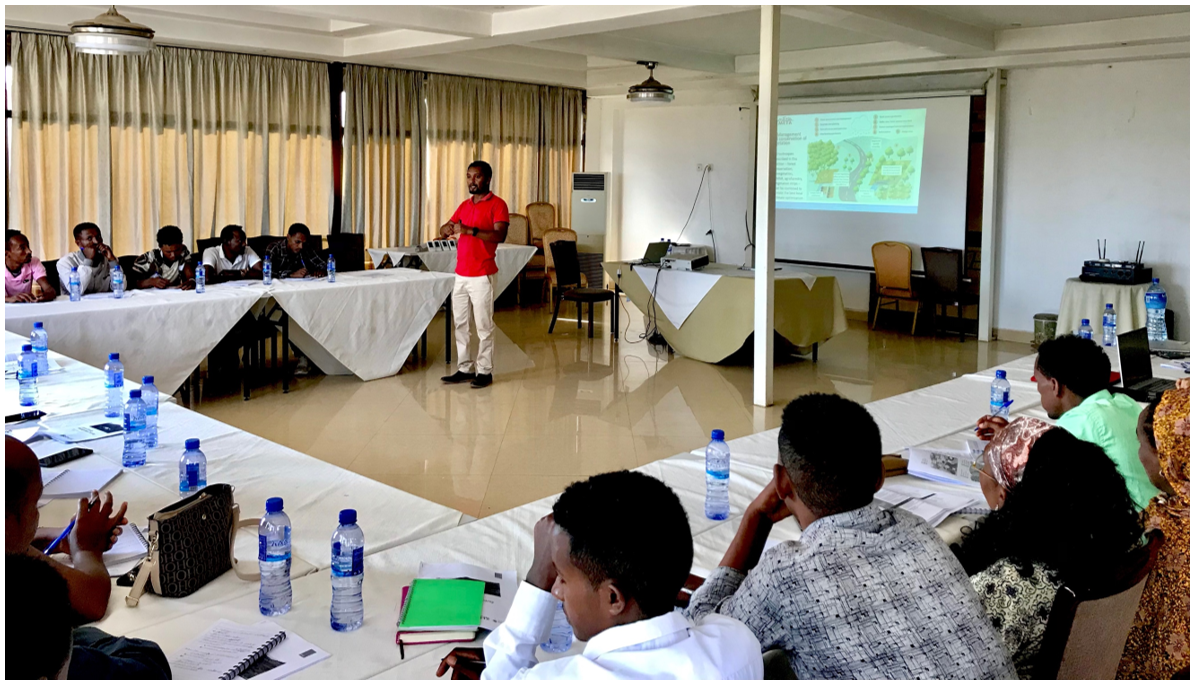
For example, using mulch and adopting different tillage practices might be more effective if windbreaks are placed on a farm to slow down a strong wind that increases wasteful evaporation rates. Or using several water conservation and shading practices when planting trees can significantly improve their growth rate. It is essential to look at the microclimate as a system, see where it needs improvement and act upon that strategically. Together all these practices are thus stronger than one. Looking at farms as little microclimate systems will reveal these links and connections. Through this additional lens, farms are seen as little patches in a patchwork quilt whereby each farm’s microclimate can be improved, together improving the local climate of the watershed. This extra layer of awareness of how alterations in a landscape change the local climate serves as an extra aim to do certain practices beyond mere farming and crop production.
This local climate management approach also goes beyond farming. It can be applied at the landscape level through, for example, the construction of water ponds, forest restoration, or larger water retention structures. This way, landscape management plus leads to systematical improvement of local climates at a landscape level, consequently improving the microclimate of farms.
Local climate management is thus a powerful tool that improves crop production, improves soil biota and microorganisms, thrives fungi networks, creates better living conditions, and improves buffering capacity against climate change. This way, local climate management can serve as a third way to deal with climate change, next to adaptation and mitigation – putting more control in the hands of farmers and local communities to improve their situation.
To increase awareness and incorporate local climate thinking more strongly into the way watersheds are managed, the Amhara Bureau of Agriculture will closely monitor ten farms in the Gubalafto watersheds by systematically collecting field observations/measurements, face validations and later with remote sensing to see how the microclimate of that farm is changing because of implemented pro-active local climate-oriented practices. This is valuable information that can be used as a road map for the future to steer practices and guide farmers to improve the farm microclimates and, eventually, the local climate of the watershed even more.
Are you interested in reading more on this topic? In the fall of 2022, a book on local climate management will be published by https://practicalactionpublishing.com.

